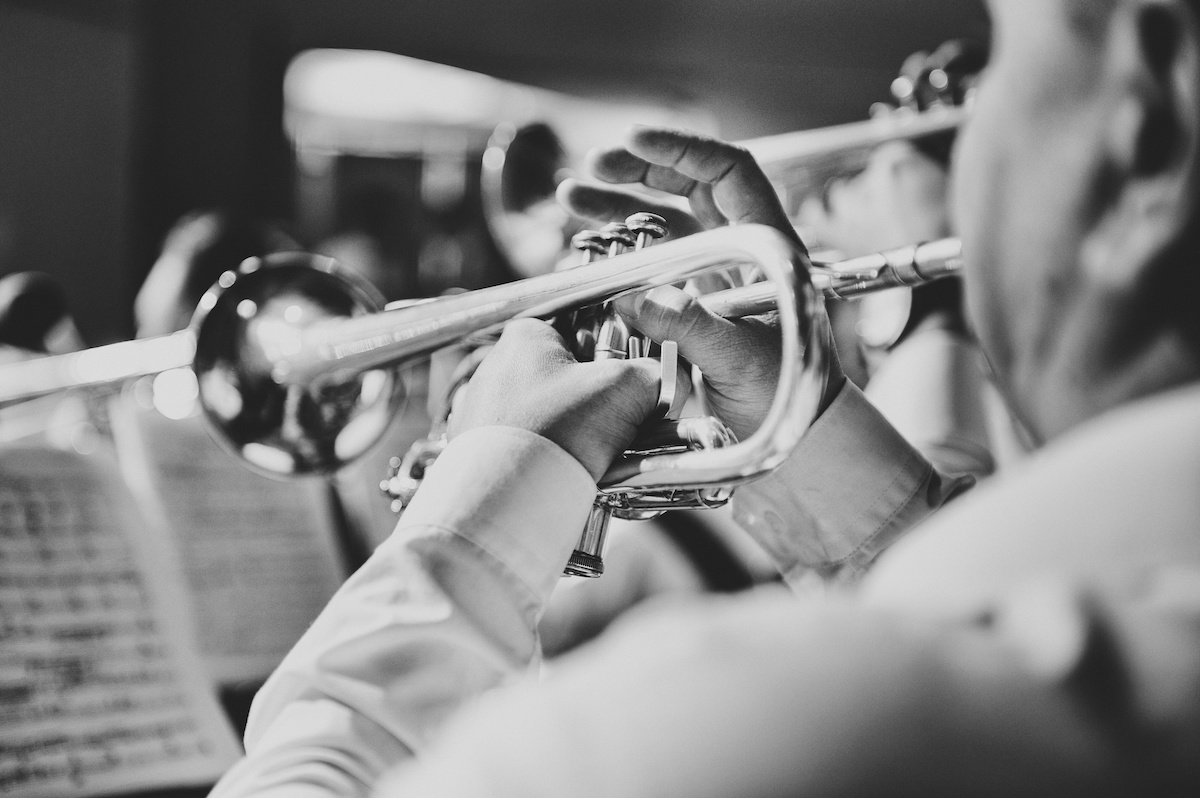Mostly music with text. The Romantic period started around 1830 and ended around 1900 as compositions became increasingly expressive and inventive.

Quiz 4 Romantic Period 1 2 3 4 5 6 Schubert Erlking Robert Schumann Warum Chopin Nocturne In E Flat Major Chopin Revolutionary Course Hero
The years for when the era has begun is very broad and there are many different dates being stated for as when the period has begun.
. The deliberate intent to draw creative inspiration from the composers own homeland is known as. Romantic style flourished in music during the period A 1600-1750 B 1750-1820 C 1820-1900 D 1900-1950 2. Name __________________________________ Date _________________ Romantic Era Practice Test Part 1 Multiple Choice 1 Romantic style flourished in music during the period A 1600-1750 B 1750-1820 C 1820-1900 D 1900-1950.
Romantic style flourished in music during the period. Expansive symphonies virtuosic piano music dramatic operas and passionate songs took inspiration from art and literature. Emphasis on balance and clarity of structure.
The Romantic period has surely been one of the significant eras. Which of the following statements should NOT be associated with the classical period. C An enthusiasm for the culture of the Middle Ages.
Regional Romantic music flourished mainly during the late Romantic period. Romantic style flourished in music during he period. D The idee fixe appears in all five movements and.
Composers expressed musical nationalism in their music by. The composer whose career was a model for many romantic composers was. Symphonies which had developed during the Classical period were the crowning genre of Romantic repertoire.
Which of the following is NOT characteristic of romanticism. During the Romantic age the economic basis of Western art music shifted from private patrons chiefly nobility and clergy to public. Romantic Period Approx.
Indeed they considered music the art form most capable of expressing the full range of human emotion. B An emphasis on balance and clarity of structures. It is also referred to as.
A 1600-1750 B 1750-1820 C 1820-1900 D 1900-1950. 1Classical style flourished in music during the period. _____ became the vogue of wealthy music enthusiasts during the Romantic period where the host invited a select group of sophisticated guests to hear a recital.
A nationalism b emotional restraint c individualism d supernaturalism. This period of music sees immense advances in musical thinking. Romantic Era Practice Test Part 1 Multiple Choice 1 Romantic style flourished in music during the period A 1600-1750 B 1750-1820 C 1820-1900 D 1900-1950 2 Which of the following is not characteristic of romanticism.
Quiz 3 - Classical Era. As a result romantic composers broadened the scope of emotional content. The period before the Romantic period is the Classical period and there has been a shift from the.
B An emphasis on balance and clarity of structures. During this time is. The slight holding back or pressing forward of tempo in music.
In the Romantic period for the first time it was taboo for composers to recycle their own musical material in new works. A slight slowing down or speeding up of the tempo characteristically employed in the performance of much romantic music is. Plainchant plainsong or.
Terms in this set 32 Which of the following in NOT characteristics of romanticism. Opera also was important in the 1800s particularly in Italy and Germany. All of the above.
A slow lyrical intimate composition for piano associated with evening and night time is the. Composers like Brahms Tchaikovsky and Dvorak followed in Beethovens footsteps and took the art form to new heights. A A fascination with fantasy.
1820 1900 As the Classical period wanes Beethoven is the one composer who almost single handily ushered in the new musical period. The Romantic period lasted from 1750 to 1870 and this era began in Britain. Middles Ages brought us the.
Romantic style flourished in music during the period. Musicians during the early period work only for the church. The orchestra in the romantic period.
Famous Romantic composers include Tchaikovsky Brahms Mahler and Verdi to name but a few. The second movement is a waltz the most popular dance of the Romantic period. Romantic music produced elsewhere is known as regional as it tends to feature a distinct local flavour eg.
At its core composers of the Romantic Era saw music as a means of individual and emotional expression. Such is the case with the transition to the Romantic from the Classical period. A A fascination with fantasy.
Romantic style flourished in music during the period. The evolution of the standard orchestra. Fascination with the melodies rhythms and colorful materials from distant lands is a romantic trend known as musical nationalism.
D An interest in exoticism and the past. Which of the following is not characteristic of romanticism. Romantic style flourished in music during the period.
Gregorian chant a monophonic liturgical music until the 1000s. Many of the old Classical forms and structures become magnified. Music in the Romantic Period As time is fluid and no event truly marks the beginning of a new era historians occasionally or arbitrarily assign importance to certain transitions.
Composers like Johann Sebastian Bach George Friedrich Handel and Wolfgang Amadeus Mozart would frequently take entire chunks of music from their early works and rework them in later pieces.
Romantic Period Music Guide 5 Iconic Romantic Composers 2022 Masterclass

Romantic Period Music Guide 5 Iconic Romantic Composers 2022 Masterclass

Romantic Period Music Guide 5 Iconic Romantic Composers 2022 Masterclass

B Multiple Choice Write The Letter On The Space Provided That Corresponds To Your Answer1 Romantic Brainly Ph

Landmarks In Humanities Ppt Download
Romantic Period Music Guide 5 Iconic Romantic Composers 2022 Masterclass
Music Appreciation Romantic Period Practice Flashcards Quizlet
0 comments
Post a Comment